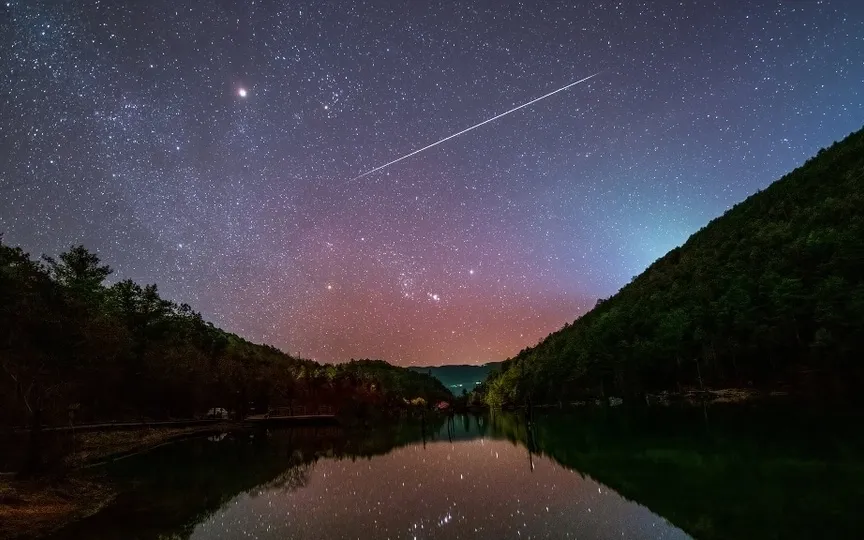NASA Parker Solar Probe Solves Mystery of Geminids Meteor Shower Origin
Annually, the Geminids meteor shower is a breathtaking sight to behold. These meteors are formed from leftover comet particles and asteroid bits. While asteroids have their own orbits in space, they leave behind debris trails that consist of meteors. As Earth orbits the Sun, it passes through these clouds, causing the rocky bits to collide with our atmosphere and create fiery and colorful streaks in the sky. Although it was previously known that the Geminids originated from the 3200 Phaethon asteroid, NASA’s Parker Solar Probe mission has revealed new information about the unique origin of this meteor shower.
What are the Geminids?
The meteor shower is called the Geminid Meteor Shower because the meteors appear to originate in the constellation Gemini. This constellation does not appear very high above the horizon in the Southern Hemisphere, resulting in viewers seeing only about 25% of the shower observed in the Northern Hemisphere, which is 7-10 meteors per hour. The Geminids shower originates from the remnants of the asteroid 3200 Phaethon.
Origin of the Geminids
While most meteor showers originate from comets when they are melted by the Sun’s heat leaving behind trails, the Geminids originate from an asteroid unaffected by the Sun.
Jamey Szalay, a Princeton University researcher and co-author of the study, said: “It’s really strange that we know Phaethon is an asteroid, but when it flies by the Sun, it appears to have some kind of temperature-driven activity. Most asteroids don’t do that.”
Using the trajectory of the Parker Solar Probe, scientists were able to look at dust grains passed by comets and asteroids. That data was then used to model three possible formation scenarios, and those models were then compared to existing models generated from Earth observations, according to a research paper published in the Planetary Science Journal.
The researchers found that the data was consistent with the most violent patterns. It means that the Geminids were formed by the rapid impact of an asteroid with another body, or perhaps by a gaseous explosion. As a result, one of the most spectacular meteor showers of the year was born.




